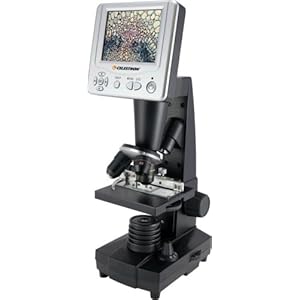Bisque ceramic type tiles made from a combination of glass and clay have many advantages for the adventurous experimenter. While using glass with ceramic is an idea which has existed for hundreds of years; it seems like its time has come for ecological as well as aesthetic reasons. Using recycled ground glass as a raw material not only makes for striking artistic effects, but it is environmentally friendly. The technique not only provides a use for waste glass; but also ceramics containing glass can be fired at much lower temperatures than pure clay, resulting in a stupendous savings in fuel. The process described here uses a combination of 25% clay together with 75% recycled glass, and it can be fired and swiftly cooled in just eight hours.

To begin with you need a source of crushed glass, and a ceramic or glass kiln. If you are near an area where there is a glass recycler who has a glass crusher, then you are in luck. Some communities which are settled far from box manufacturers have their own glass-crushing machinery. The glass doesn't necessarily have to be well clean, but it is leading that the crushed glass includes very fine particles - dust size - since the vigor of the final stock depends upon particulate size. Various clays can be used, such as Redart and Plastic Vitrox. Molds for forming tiles can be made from one-by-two boards with detachable bottoms; and a screen material at the lowest to help release the tile from the mold. Brush the sides of the mold with a explication of one part whiting to two parts water, so that the tile doesn't cling to the sides of the mold. Place a piece of mosquito netting cut exactly to fit the lowest in the lowest of the mold, to ease the release of the tile.
Can Crusher
Self-glazing is promoted by a explication of one part soda ash to ten parts water. Place three parts of crushed glass together with one part of dry clay in a mixing bowl. Add sufficient of the soda ash explication (roughly one fourth as much explication as glass-clay mix) to the dry ingredients so that the resulting combination holds its form when left still, but begins to disassociate when it is shaken. Because glass does not digest water, it drains swiftly straight through the tile to the lowest carrying dissolved sodium to what will be the outside of the tile; so the tiles are well self-glazing. Pour the glass-clay mix into the mold, patting down and shaking it in the corners. Plane the upper outside with a putty knife. Leave the tile mold on a 200 degree F warming table for an hour (or in the sun if you don't have a warming table) until any water on top of the tile has evaporated. The tile should pull away from the sides of the mold as it dries.
Dismantle the sides of the mold from the tile, and flip it over to remove the base. When fully dry, brush the top of the tile with some 10% soda ash solution. Place the tile on the kiln brick shelf (tiles need to be on a shelf since they are too soft to preserve themselves while firing). Then, fire swiftly up to 250 degrees F and hold it for fifteen minutes; then growth to 1000 degrees F and hold it for fifteen minutes; then growth to 1760 degrees F and hold it for fifteen minutes more. Cool the tiles down normally. This process takes about an hour and three quarters; but a slower kiln can do the job as well using the same temperature levels.
Bisque Ceramic Effects With Glass and ClayDelonghi Portable Air Conditioner george foreman grill and griddle Nikkor Camera Lens

No comments:
Post a Comment